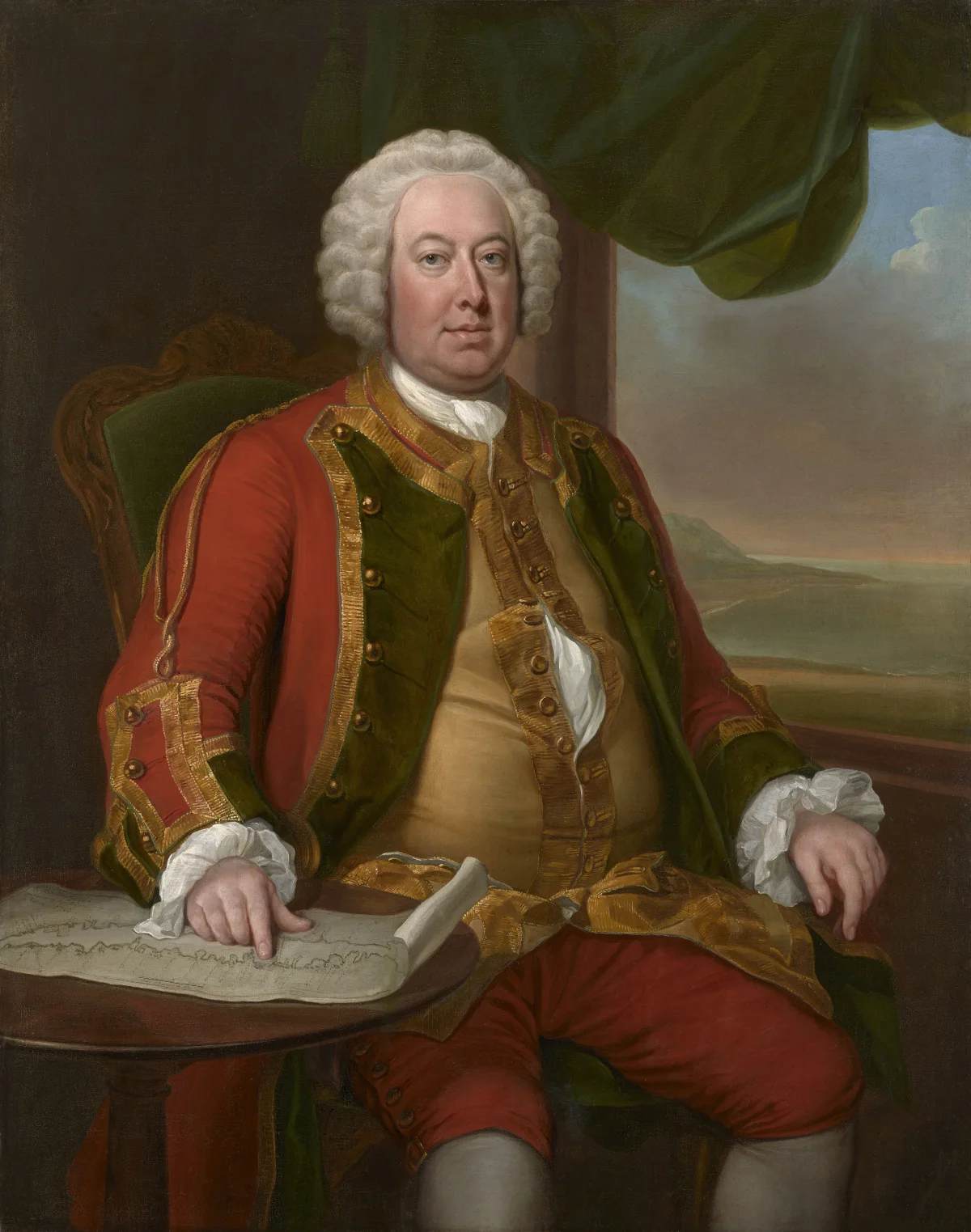Description
George Knapton's painting Major, later Lieutenant Colonel John Caulfeild is a stunning example of the artist's ability to capture the essence of his subject in a portrait. The composition of the work is classical and elegant, with the subject standing in a landscape with a neutral background. The use of light and shadow is impressive, allowing the details of the subject's clothing and skin texture to stand out.
Color is also a prominent aspect of the painting, with warm, earthy tones combining to create a sense of richness and depth. The artist has managed to capture the personality and presence of the subject in a way that is poignant and authentic.
The story behind the painting is also fascinating. John Caulfeild was a British Army officer who served in the Seven Years' War, and his portrait was commissioned by his wife after his death in 1772. The painting was exhibited at the Royal Academy in 1773 and has been considered one of the Knapton's best works.
One of the lesser known aspects of the painting is that the subject, John Caulfeild, was actually a very interesting and colorful man. He was known for his love of hunting and horsemanship, and was also a gifted writer and poet. These aspects of his personality are reflected in the painting, which captures his strong and confident presence.
In summary, the painting Major, later Lieutenant Colonel John Caulfeild by George Knapton is a masterpiece of portraiture noted for its classical composition, impressive use of light and shadow, and rich, deep colour. The story behind the painting and the interesting personality of the subject make it an even more fascinating and meaningful work.

